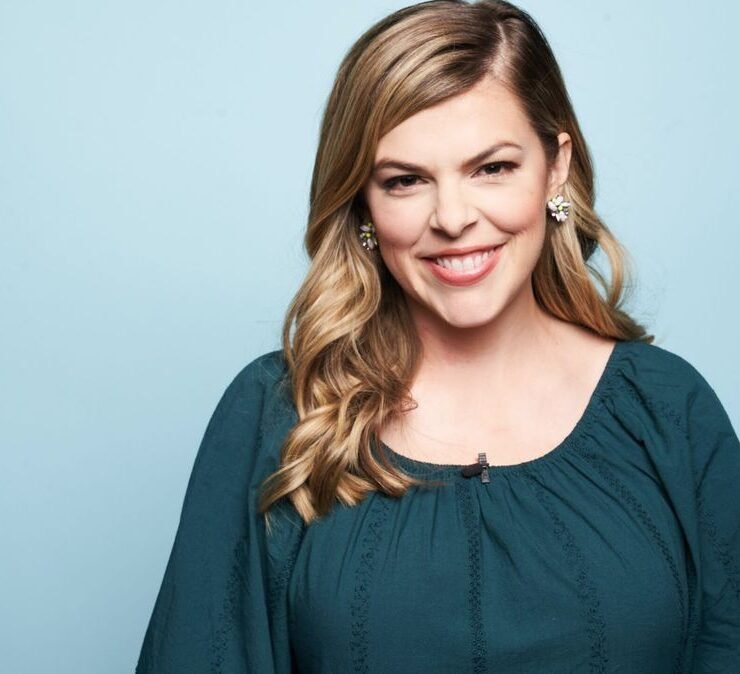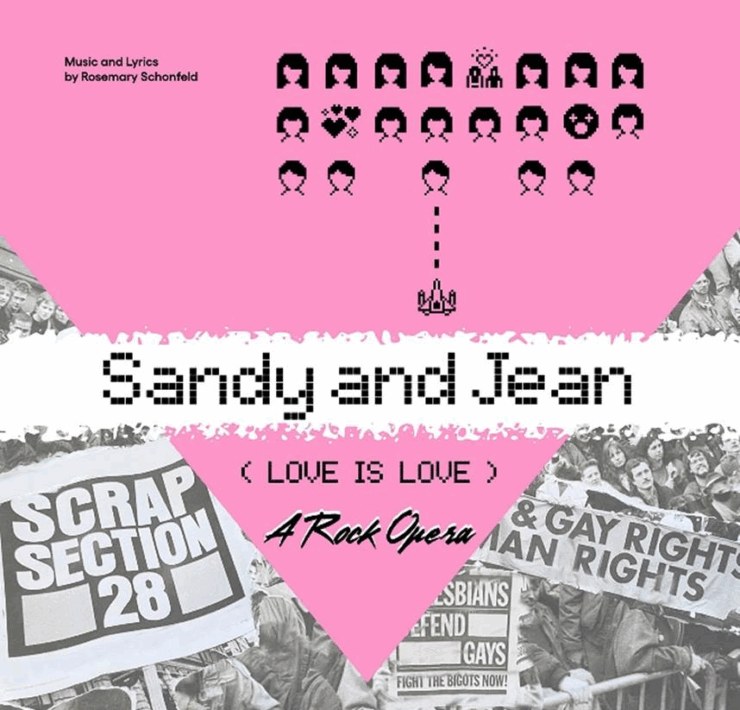Meet Emmy-Nominated Sound Designer Jeremy S. Bloom
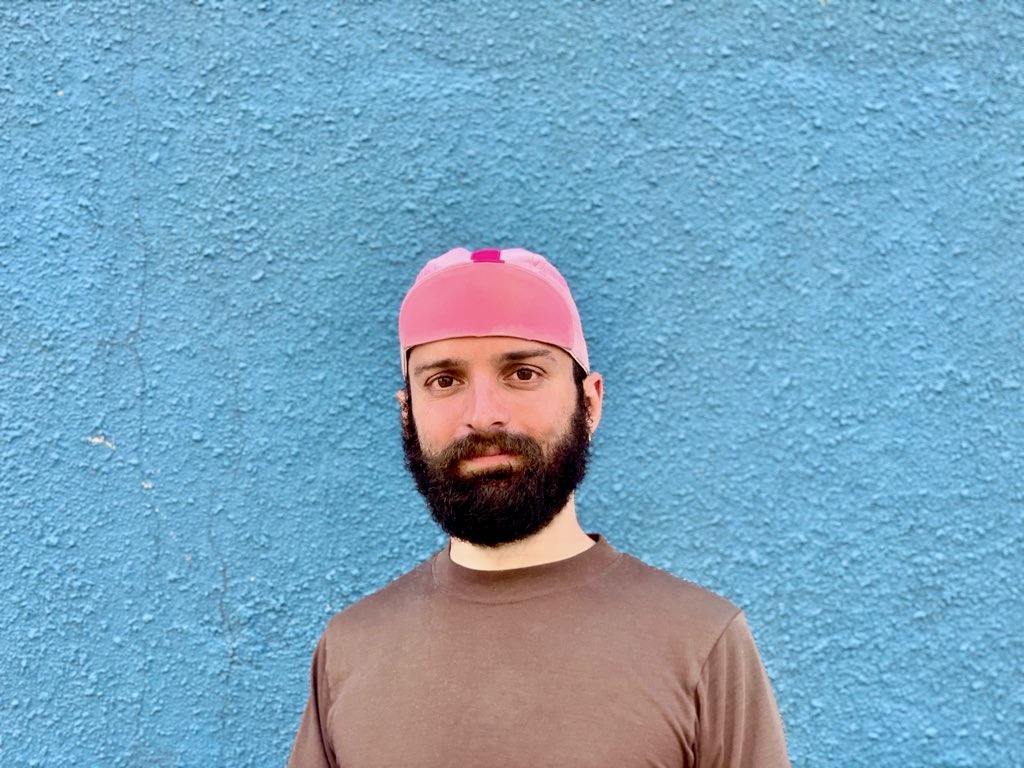
Denny Patterson is a St. Louis-based entertainment and lifestyle journalist…
New York-based, Emmy-nominated sound designer Jeremy S. Bloom is a master at crafting immersive, story-driven soundscapes for podcasts, interactive installations, films, television, and theatrical productions.
Currently a staff sound designer for WNYC Studio’s critically acclaimed podcast Radiolab, Bloom has previously contributed sound design and original music for the award-winning queer podcast Nancy, and the hit comedy, 2 Dope Queens. Bloom was nominated for a 2019 Primetime Emmy for “Outstanding Sound Editing” on the documentary Fyre, and his work has been presented internationally by Netflix HBO, Discovery, The National Park Service, CNN Films, and more.
Bloom’s latest project is the comedy radio drama Hot White Heist, which premiered in June at the Tribeca Film Festival for Pride Month. Created by award-winning actor Alan Cumming and comedic writer Adam Goldman, this Audible Original follows a crew of misfits from across the LGBTQ spectrum as they attempt the stickiest heist in history: stealing a hidden supply of sperm samples from the U.S. government. The series also has an all-queer cast including Bowen Yang, Cynthia Nixon, Jane Lynch, Bianca Del Rio, and Cheyenne Jackson.
OFM had the opportunity to connect with Bloom and talk more about Hot White Heist and his passion for sound design.
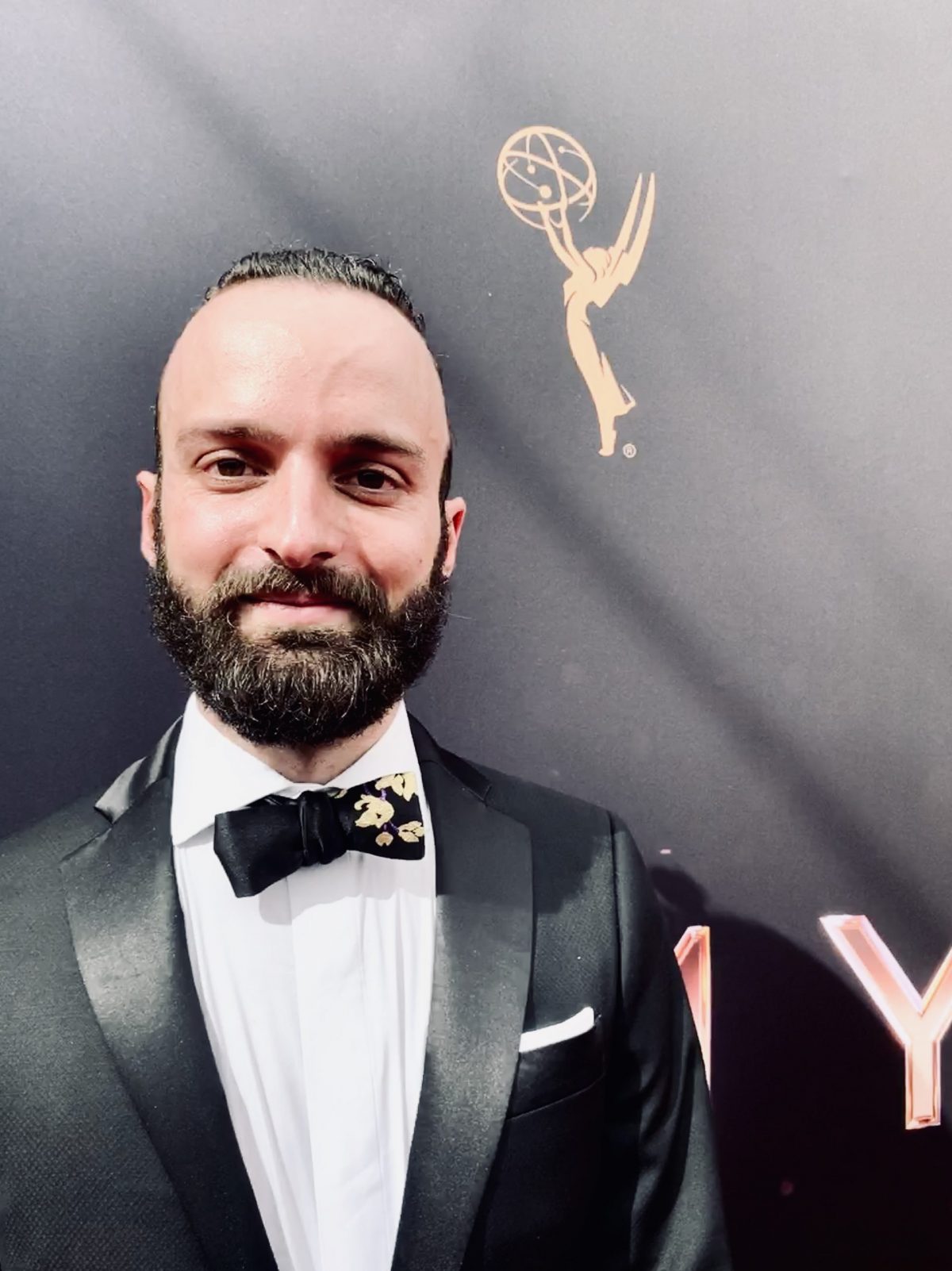
Let me begin by asking, how did you fall into the world of sound design, and is this something you always wanted to do?
I think sound design is one of those fields where, growing up, you don’t even know that it exists. I would say, if it were something that I knew about, it probably would have been something that I wanted to do, but I wasn’t even aware it was a possibility. Nonetheless, even at the age of 4 or 5, I would go to my grandparents’ house, pull out the pots and pans from their kitchen, and start banging on them. I think there is something deep inside me that plays well to it.
I am a lifelong musician; I grew up playing the violin and accordion. When I got to college I studied Political science, but after class, my work-study job was as a carpenter for the drama department. One way or another, they learned that I was a musician and invited me to sound design a play. The play was Homebody/Kabul by Tony Kushner, and that’s when everything clicked for me.
After that experience, one thing led to another and another, and I just kept on building connections. So, I started off in theatre, then I eventually expanded to film, TV, and podcasts. These days I also have the opportunity to work on immersive museum exhibits from time to time, architectural installations, and the like.
What would you say are some of the biggest perks and challenges of your job?
One of the biggest perks for me, personally, is that I get to work in an artistic and creative field, but I can sort of have my feet in a few different story-telling industries. It is one of the rare design crafts where you can apply your knowledge across theater, podcasts, film, and TV, museum work, and beyond. I get to straddle a few different industries and storytelling mediums, keep learning, and cross-pollinate my knowledge from one to the other.
The other real big perk is that there are really no rules. The world is your oyster in terms of using sound to tell stories. Really, anything goes. For instance, on Hot White Heist, so many sounds came from unexpected sources. The classic example in film, of course, is punches coming from various vegetables, but for the sounds of Hot White Heist we used all kinds of little vintage glass bottles to create a distinctive sound for all the show’s stolen glass vials. You can do anything, and one person’s trash is your sonic treasure!
In terms of challenges, let me use Hot White Heist as an example again. Adam Goldman, the writer, wrote the story as a classic heist story with all the tradecraft and espionage action, akin to something like Ocean’s Eleven or James Bond. That is a classic genre; it has the vocabulary and plot twists we are all familiar with, but how do we take that language, translate it, and tell it only through all audio means? How can you take those action scenes, and without any of the visual cues, still build the same classic images in the listener’s mind? That was the challenge, but it was an exciting one to me.
How did you get involved with Hot White Heist?
I got a call from Mark Valdez, who was our producer at Broadway Video, and I gathered he, Adam Goldman, and Alan Cumming had heard of another series I worked on called Nancy, which was also a Queer podcast. It was only other Queer podcast I have worked on, but very different. It was an amazing nonfiction, narrative-journalism show from WNYC. Almost like a Queer This American Life.
So, they had heard of my work on Nancy, were very excited to build a majority Queer team, but also were excited to find somebody who had podcast experience in addition to film and TV experience. Somebody who has the experience of working in a film and podcasts, can translate the heist genre into an audio format and solve that challenge I spoke to.
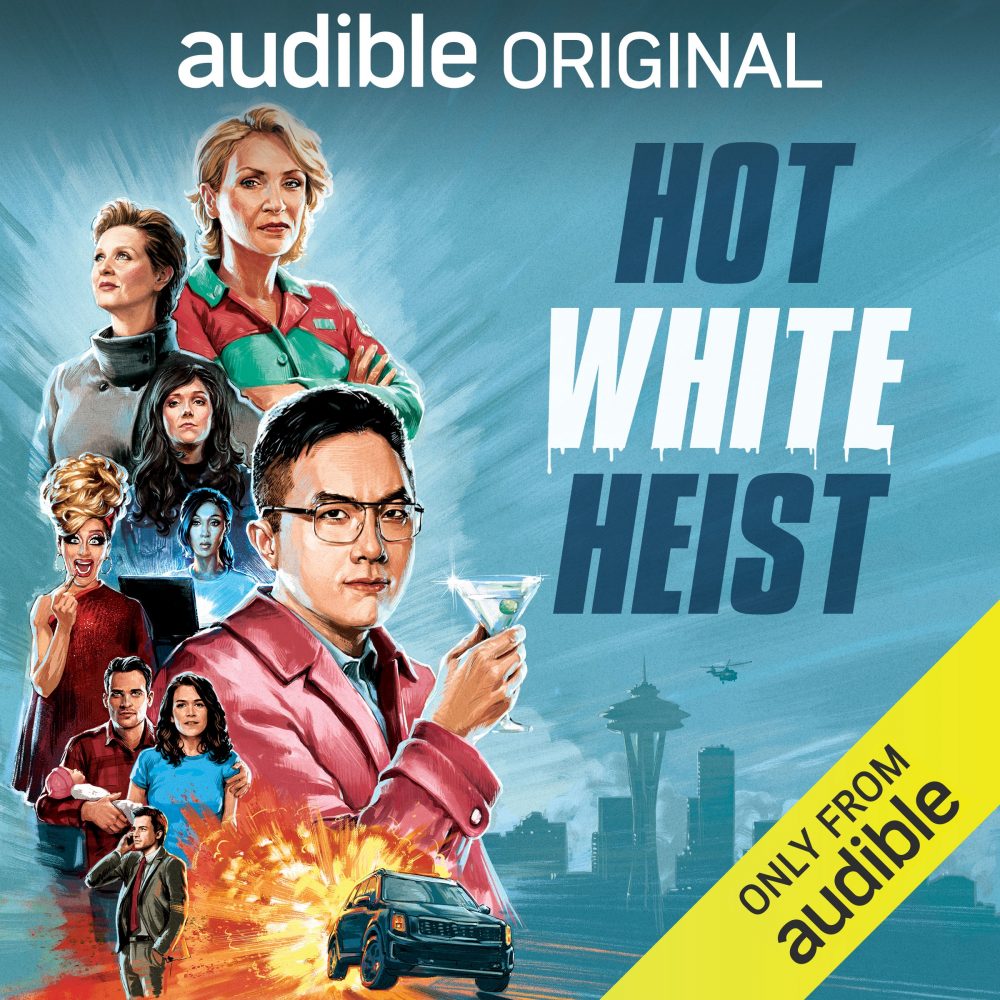
What was it like working and collaborating with Alan Cumming and Adam Goldman?
It was awesome… one of the best collaborations of my life, without a doubt! …and it’s remarkable that it was that positive of an experience because it was entirely done over Zoom. I only met Adam in person for the first time a few weeks ago.
It was so successful because it was the kind of project where I think everybody really trusted each other. Mark and Gaby, the producers, did an exceptionally good job at not only casting the show, but also casting the crew of the show to sort of create a team of people who could really play off each other’s strengths. Honestly, for me, that was one of the most positive things about the show. I am incredibly proud of what we made, but also of the experience of making it when we did. It was such a breath of fresh air for me to design a project so fun during the pandemic and have a brilliant and funny script to work on. It was very therapeutic for me.
I interviewed Adam back in May, and we talked about how this entire project was done over Zoom. Was that difficult for you?
Of course [laughs]. We had to be very creative in finding ways to make it all work. Both on the technical end of things, and designing a process that can support working remotely. As a sound designer, typically, I am brought in at the very last stage of a project to finish or polish a story. One thing that Mark did that was so successful was, he had the kind of foresight to really loop everyone in on the conversation early.
I was involved with the project even before the script was finalized, and that means we could start thinking early on and have a plan as to what we were going to make and the best way to make it. Even with the most professional people, collaboration is a little more challenging over something like Zoom. We were lucky enough that by being involved early enough, we could design a process that could kind of facilitate that style of working together.
Can you talk more about the unique approach you brought to this series?
I have been thinking about that a lot, but I have only come to understand it after the series was all complete. In thinking about the challenge of telling this action genre only through audio, there is this special phenomenon which I think we can unlock as story-tellers. Audio can be a more personal and intimate medium because as the audience is listening to the show, it can act as a kind of stewart of their imagination. In a movie, the story takes place on screen. In audio, it takes place in their mind. Of course, it happens in literature as well. That is very personal.
So, when I think back to our unique approach, every decision was ultimately about creating a specific degree of specificity. This always allows the listener to understand where they are in the story, but often is not so specific that they don’t have the ability to use their own imagination to conjure the most fantastic, amazing images in their mind.
A really good example took place when I was speaking with our foley artist Joanna Fang about how a character has to dodge a laser field in the story. I had always imagined it as something like Ocean’s Twelve. A guy in a catsuit doing gentle cartwheels in a kind of acrobatic ballet around the lasers. Joanna heard something action-packed like Mission Impossible, with the characters dressed in 1980s leather. We had these two different images in our mind of the scene, and they are both valid.
That is what’s really interesting to me, and looking back on it, that is what I think our approach was playing towards.

How has Hot White Heist been received by audiences?
As far as I know, it has been received super positively. We got everything from a glowing review in The New Yorker, to call outs on ‘Fresh Air’ on NPR, so I believe it is still being received well. The exciting thing for me is, often, when sound design is successful, it isn’t noticed. It kind of feels effortless. Due to the nature of the scripts, and how intentionally Adam Goldman wrote sound design into the script, folks have been noticing the sound design in a positive way. That has been very exciting for me.
What were some future goals you would like to achieve with your career?
The really exciting thing about sound design is that you can build immersive worlds from the ground up, and the projects that I tend to enjoy the most involve doing that to one degree or another. It can vary quite a bit in that, of course. Hot White Heist does that in its own way, but I have also had chances to create everything from historical soundscapes at the Statue of Liberty to abstractly cinematic underwater audio scapes for Radiolab.
I am kind of agnostic to the medium, but I am always excited to build a world. Those are the kinds of projects that I am always excited to do, and I hope to continue doing. As I have worked more, I have grown to be able to work with some amazing collaborators: people like Adam and Alan, Tobin Low and Kathy Tu of Nancy. They’re all artists who have a true artistic vision or something to say and put into the world. There is another collaborator of mine named Penny Lane who is a documentary filmmaker, and she also solidly falls into that category. You watched a Penny Lane movie, and you know it’s a Penny Lane movie. It is deeply rewarding to support those types of people.
Before we wrap up, are there any upcoming projects you are working on that you would like to mention or plug?
Speaking of Penny, I just finished sound designing her latest feature documentary about Kenny G for HBO’s new series Music Box. It’s as brilliant as her last film, Hail Satan?, and I’m so excited for folks to see and hear it in the fall.
Stay up-to-date with Bloom by following him on Twitter, or visit his official website.
Photos Courtesy of Aaron Green, Noam Galai, and Jeremy S. Bloom
What's Your Reaction?
Denny Patterson is a St. Louis-based entertainment and lifestyle journalist who serves as OFM's Celebrity Correspondent. Outside of writing, some of his interests include traveling, binge watching TV shows and movies, reading (books and people!), and spending time with his husband and pets. Denny is also the Senior Lifestyle Writer for South Florida's OutClique Magazine and a contributing writer for Instinct Magazine. Connect with him on Instagram: @dennyp777.



